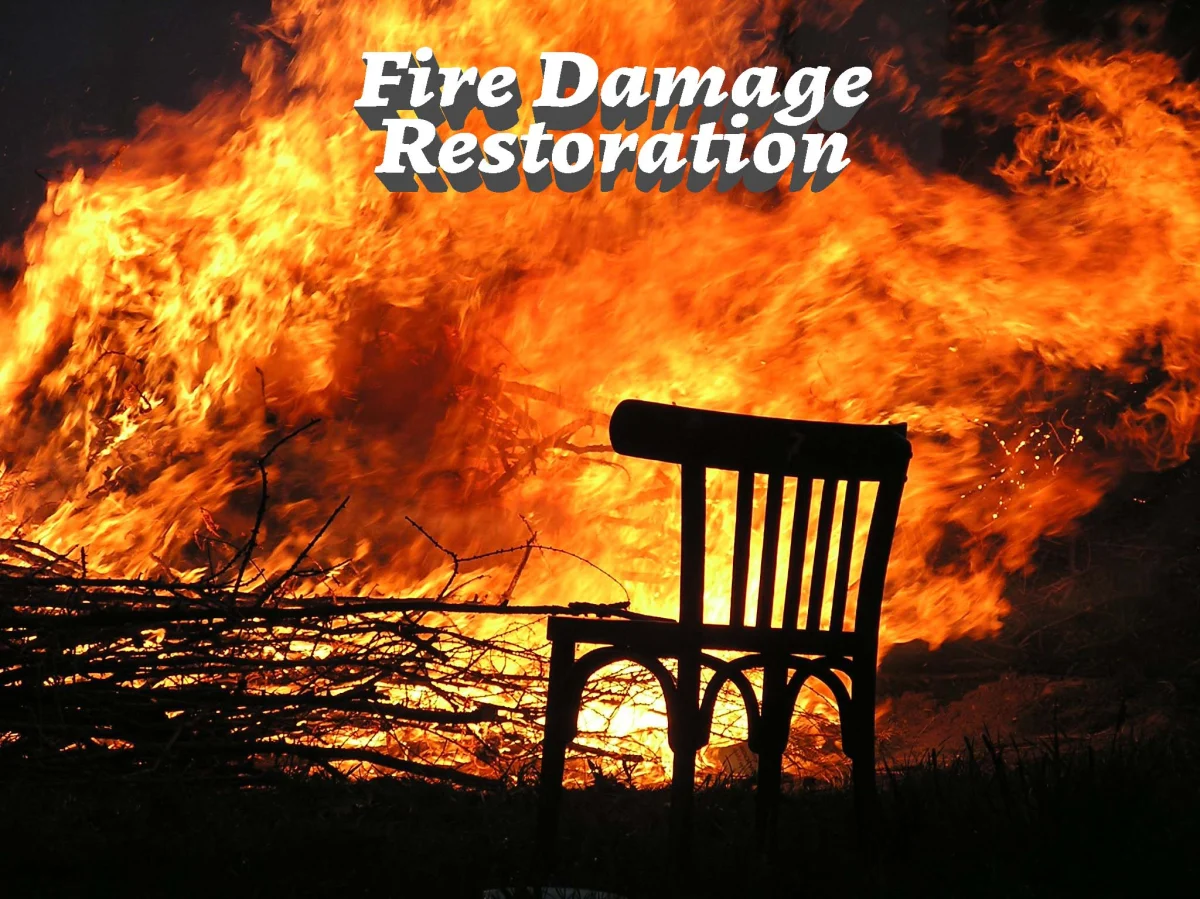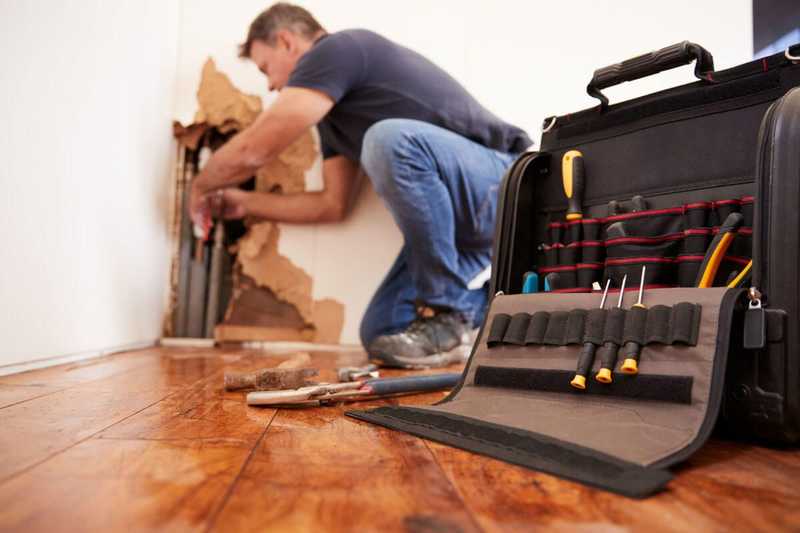Water damage can wreak havoc on commercial properties, causing not only structural damage but also posing health risks and disrupting business operations. Swift and effective water damage repair is crucial to minimizing losses and restoring your property to its pre-damage condition. In this comprehensive guide, we’ll explore the steps involved in commercial water damage repair, from assessment to restoration, and provide valuable insights to help you navigate the process with confidence.
Understanding Commercial Water Damage: Commercial water damage can result from various sources, including burst pipes, roof leaks, flooding, or plumbing issues. Regardless of the cause, the effects can be devastating, leading to structural instability, mold growth, and damage to valuable assets. It’s essential to understand the extent of the damage and its underlying causes before proceeding with repairs.
Assessment and Damage Evaluation: The first step in commercial water damage repair is a thorough assessment of the affected area. Trained professionals will inspect the property, identify the source of the water intrusion, and evaluate the extent of the damage. This assessment is critical for developing an effective repair plan and determining the necessary resources and timeframe for restoration.
Water Extraction and Drying: Once the assessment is complete, the next step is to remove standing water from the premises. Industrial-grade pumps and vacuums are used to extract water efficiently. After extraction, specialized drying equipment, such as dehumidifiers and air movers, is deployed to eliminate moisture from the air and surfaces. Proper drying is essential for preventing mold growth and minimizing further damage to the property.
Structural Repairs and Restoration: With the premises dried out, the focus shifts to repairing and restoring the structural elements of the property. This may involve replacing damaged drywall, insulation, flooring, or ceiling materials. In severe cases, structural repairs may be necessary to ensure the safety and stability of the building. Professional contractors with experience in commercial construction should handle these repairs to ensure compliance with building codes and regulations.
Mold Remediation: Mold can quickly develop in moist environments, posing serious health risks to occupants and further compromising the integrity of the property. If mold is detected during the assessment, specialized mold remediation procedures must be implemented. This typically involves containing the affected area, removing mold-infested materials, and thorough cleaning and sanitization to prevent regrowth.
Restoration of Assets and Contents: In addition to structural repairs, water damage may also affect valuable assets and contents within the property. Depending on the extent of the damage, items such as furniture, equipment, and inventory may require cleaning, repair, or replacement. Professional restoration services can help salvage as much as possible and minimize financial losses.
Preventive Measures and Future Preparedness: Once the repair and restoration process is complete, it’s essential to implement preventive measures to reduce the risk of future water damage incidents. This may include routine maintenance of plumbing and HVAC systems, installation of water detection devices, and ensuring adequate drainage and waterproofing measures are in place. Developing a comprehensive emergency preparedness plan can also help mitigate the impact of future water damage events.
Conclusion: Commercial water damage repair is a complex and multifaceted process that requires careful planning, swift action, and expertise. By understanding the steps involved and working with experienced professionals, property owners can minimize losses, restore their premises to optimal condition, and safeguard against future incidents. Remember, when it comes to water damage, time is of the essence—don’t hesitate to seek assistance at the earliest signs of trouble.



